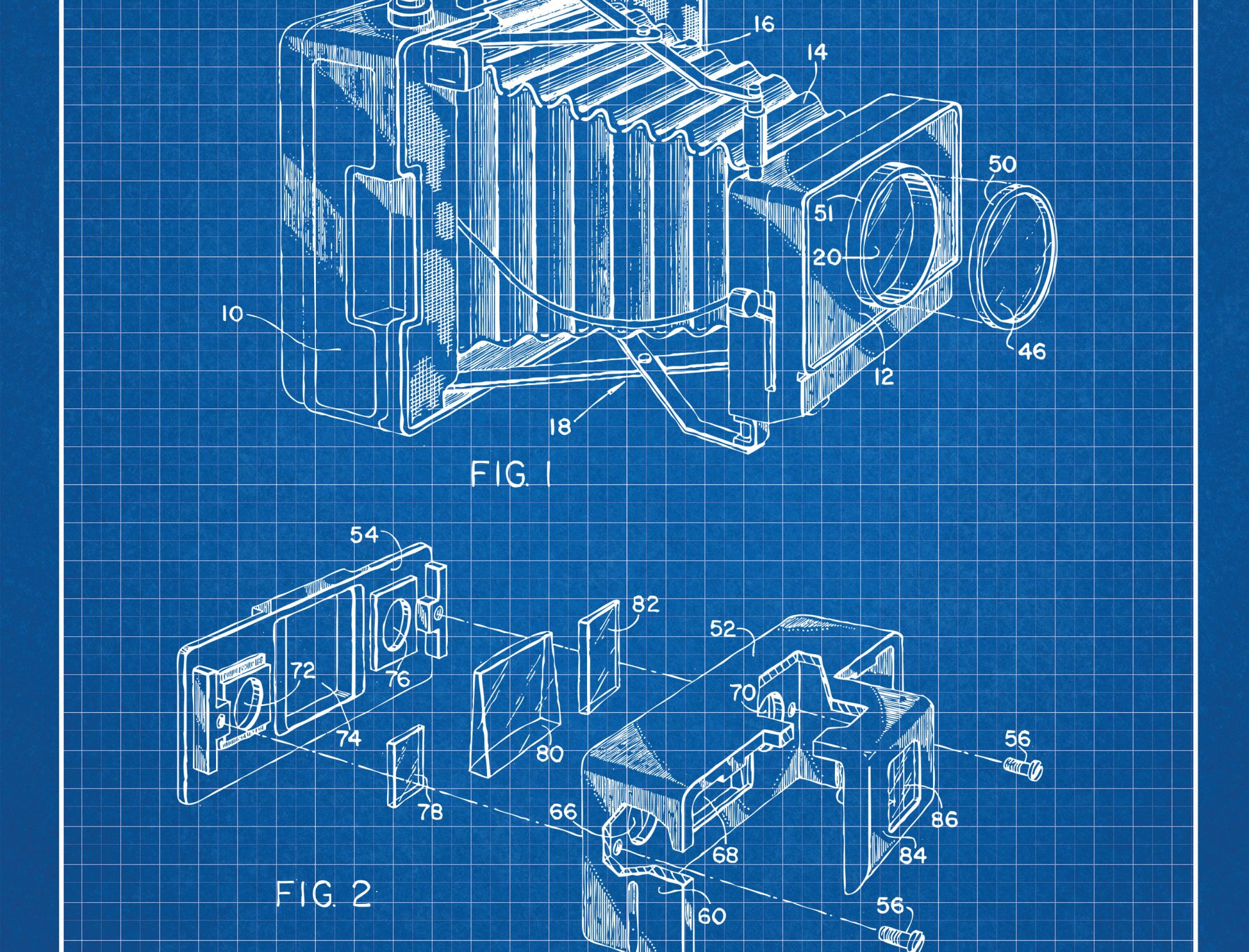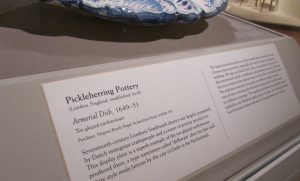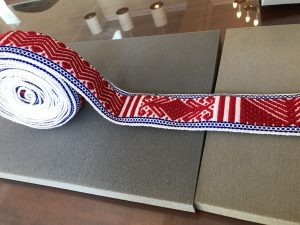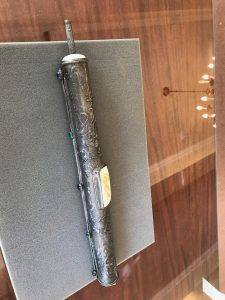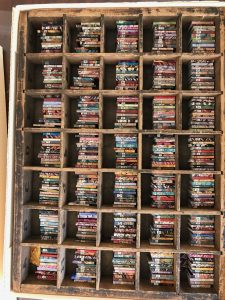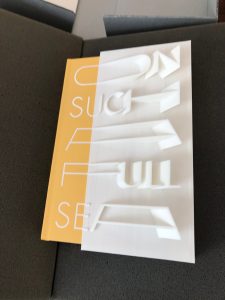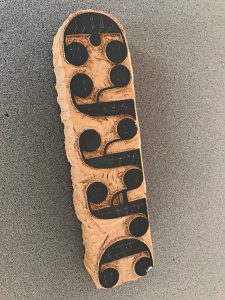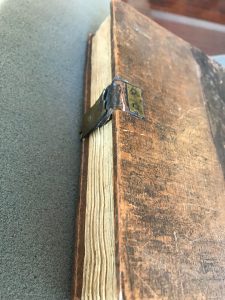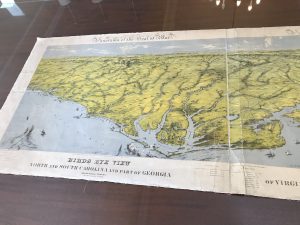Unit 2: Understanding Material Culture through Digitization
Key Due Dates:
Feeder 2.1: March 5th before class
Feeder 2.2: March 21st before class
Unit 2 Project Presentations: Monday April 2nd in class.
Unit 2 Questions
Unit 2: Understanding Material Culture through Digitization
“Ontology is the philosophical study of existence. Object-oriented ontology (“OOO” for short) puts things at the center of this study. Its proponents contend that nothing has special status, but that everything exists equally—plumbers, DVD players, cotton, bonobos, sandstone, and Harry Potter, for example. In particular, OOO rejects the claims that human experience rests at the center of philosophy, and that things can be understood by how they appear to us. In place of science alone, OOO uses speculation to characterize how objects exist and interact.” -Ian Bogost
For our second unit, you will take on the role of a Digital Humanities student who has been tasked with researching, digitizing and analyzing one specific object in the Rare Book Collection at UNC Chapel Hill. The end product is a printed surrogate of the object and corresponding analysis that will inform and enlighten the greater university community about an item held in its collection.
| Genre | Purpose | Audience | Writer’s Role | Rhetorical Situation |
| Digital
Prototype |
Inform audience about items in Wilson Library.
|
University Community | Digital Humanities
Student |
You are a Digital Humanities student who has been tasked with digitizing and recreating an item held in the Rare Book Room.
|
Feeder 2.1: Close Reading of Item
Due March 5th before class
The “bread and butter” of Humanities methodology is called close reading. It is a form of analysis or interpretation applied to texts or objects. To close read a object, you read it as if through a magnifying glass, examining not simply what the the object says about the world, but how it says.
In this assignment, you will do a close reading of your chosen object. The Close Reading will consist of a 150-300 word description of your object. In order to complete this assignment, you will need to do additional research on your object and convey that through a description. After you have researched your object a little, then you can begin to look more deeply into it.
Use our library Guide to help: http://guides.lib.unc.edu/engl105i-028s18
Feeder 2.2: Material Culture research proposal
Due March 19th before class
The study of material culture is concerned with the relationship between persons and things, specifically how those things reflect the culture of the society that produced them. Texts we read in this class came from something material. They do not exist as just letters on a screen or on a page, they come from books.
In this assignment, you will write a 750-1,000 word research proposal. Your proposal should take this form:
- Research Question. This should be an argumentative research question. That is, it should identify a puzzle, pattern, or problem that you believe considering the materiality of the object will help you solve.
- Materials. You will describe your object and provide a description of any theoretical backing that will help you understand your object better and its digitization.
- Background and Justification. In this section, you lay out the stakes of your research question. Why does it matter? And why is considering material culture best suited to answering your question, to solving your particular puzzle?
Here is an example and here is a rubric
Unit Project: Material Culture presentation
Due Monday April 2nd in class.
Our class will participate in a material culture “conference.”
You will have 5-minutes to present a lightning style talk on your chosen material object from your proposal. These short presentations are meant to inspire group discussion around your object, like show-and-tell. You might want to call attention to the unique features or functions of your object, or its remediations. This will include showing off your prototype through either a printed 3D object or digital mockup.
Options:
Powerpoint: 3-5 slides
3D Printed Object “Show and Tell”
Digital Mockup: 3 pictures of prototype
Video
Adobe Spark Page
List of Objects (Please Choose One):
1. Chumbe weaving
Date: 2015
Author: Juajibioy, Pastora
Call #: Folio-2 N7433.4.J83 C4 2015
Critical Pairing:
Historical archaeology and ‘modern material culture studies’ in Hicks, Dan, and Mary C. Beaudry, eds. The Oxford handbook of material culture studies. OUP Oxford, 2010.
Critical Pairing:
“Myth Today” in Barthes, Roland. “Mythologies. 1957.” Trans. Annette Lavers. New York: Hill and Wang (1972): 302-06.
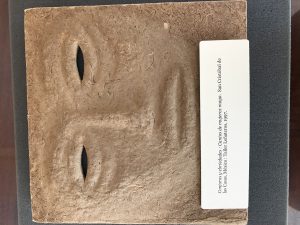
Critical Pairing: Friedrich Kittler, “Typewriter,” in Gramophone, Film, Typewriter (Stanford UP, 1999) — I’ve also given you the preface and introduction.
Critical Pairing:
Critical Pairing: Shep, Sydney J. “Digital Materiality.” A New Companion to Digital Humanities (2016): 322-330.
6. Handkerchief
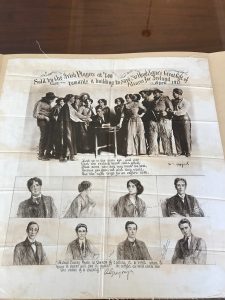
7. Wood Block
Critical Pairing: Lori Emerson, “Introduction” and “Indistinguishable from Magic,” in Reading Writing Interfaces (University of Minnesota Press, 2014)
8. Incunabulum
Critical Pairing: Shep, Sydney J. “Digital Materiality.” A New Companion to Digital Humanities (2016): 322-330.

Critical Pairing: Ellen Gruber Garvey, “Introduction,” Writing with Scissors: American Scrapbooks from the Civil War to the Harlem Renaissance (Oxford UP, 2012)
